Most pets will develop lumps on their body at some point in their lifetime. It can be a bit scary to be petting your dog and come across a lump! I know, both of my dogs have had lumps within their first year! Being that Bernese Mountain dogs are prone to cancer, I did what any responsible pet owner would do and ran them right into the vet to be aspirated and tested!
Turns out, Benny had basically the dog equivalent of a pimple on his chin…But the lump on his side concerned me since it had ruptured and was crusted over. It turned out to be a lipoma (not serious) which had ruptured. With some antibiotics it cleared right up.
But how do you know if it is serious or not? And when you should be concerned? I just discovered a lump on Grace’s back that feels a lot like Benny’s but since I’m not a vet I’m going to go get it checked out to be on the safe side. November is also National Pet Cancer Awareness Month so in the post below we’ll delve a bit into what to look for in terms of lumps.
This post may contain affiliate links at no additional cost to you. By making your purchases through the links on this website HIGP may make a small percentage at no direct cost to you. HIGP only promotes products we use & truly believe in. As an Amazon Associate I earn from qualifying purchases. Please refer to my Privacy and Disclosures for further information. HIGP thanks you for your support!
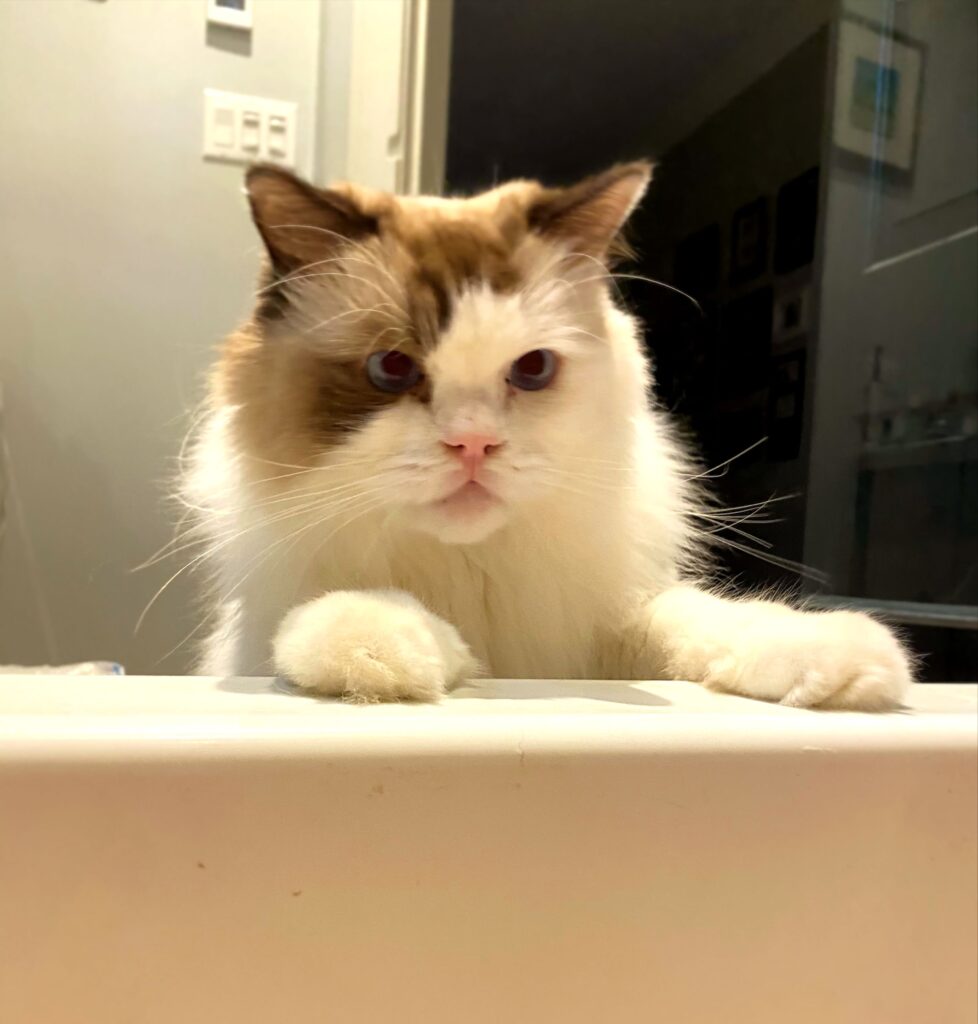
Benign Tumors
Let’s face it. Finding a lump on your pet can be a bit scary! I know my mind immediately goes right to cancer. Especially after one of my cats developed lumps on his belly in his later years which turned out to be cancer. But dogs and cats of all ages can get lumps and bumps and it doesn’t necessarily mean something serious!
Lipomas
Lipomas are a type of benign fatty tissue under the skin (subcutaneous). When you touch them they feel soft and can be moved around relatively easily. They are more common in middle aged to older dogs. Lipomas generally don’t go away on their own, and are typically only removed if they start causing your pet discomfort, hinder movement or other bodily functions. They can stay the same size or grow over time. Poor diet can be a contributing factor to the development of lipomas as well as age.
Keeping your dog at a healthy weight can help prevent the development of lipomas. Dogs with hyperthyroidism can also be prone to the development of lipomas. Breed can also be a contributing factor, with certain breeds such as Schnauzers, Cocker Spaniels and Labradors can also be more at risk for developing them. Fish oil, high in Omega-3, can help prevent and even reduce lipomas.

In cats, lipomas are generally found around the abdomen. Similar with dogs, they won’t go away on their own but may decrease in size with weight loss. You can read more on safe weight loss in cats HERE. But lipomas generally tend to keep growing in cats as well and it is recommended by the Merck Veterinary Manual that they be removed (when smaller as it is less complicated).
Histiocytoma
This is the type of cyst that Benson had. What really scared me about this one was the layer of crust that had developed around it so I got him into the vet as soon as I could to have it checked out since I had NO idea what I was dealing with at that point!
Unlike lipomas, histiocytomas are typically found in dogs under three years old. They are skin lumps that are usually found around the face or feet. Benson had it right on his chin, and it was a big red raised bump and not exactly nice to look at. They typically regress on their own within three months, but because I had never seen anything like this on my dog before I took him right in to the vet!! They aspirated it to confirm what it was and it went away in no time!
These bumps are typically raised, red and hairless and don’t spread to other areas. They look very much like a pimple! If they don’t regress on their own or are bothersome your vet may recommend removal.
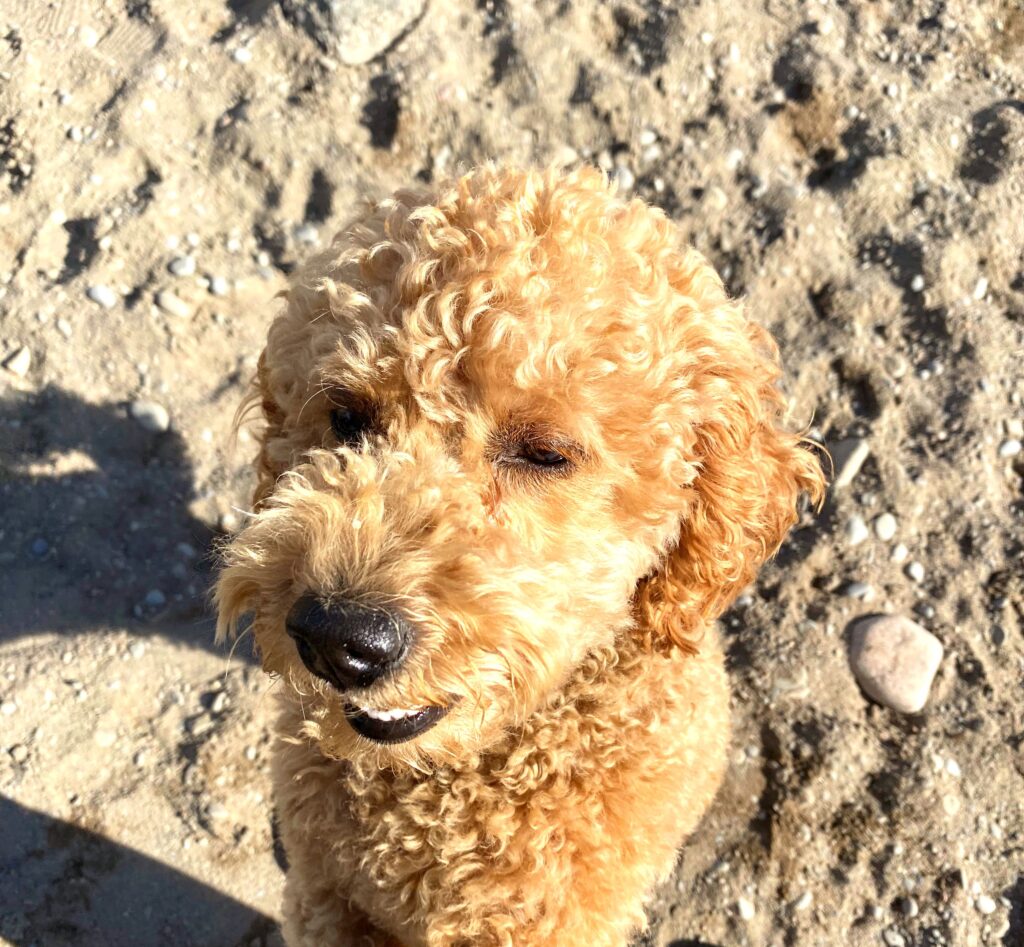
Papilloma
A papilloma is a virus that causes warts on your dog! They can take months to incubate and your dog can catch it from direct contact as well as contact with an infected surface like a dog bed or toys.
These warts are hard, pale and cauliflower shaped and are typically found around your dog’s lips, inside their mouth and around their eyes. Although I have seen dogs who have had them on their feet as well! If they are on your dog’s lips or inside their mouth it can make eating painful.
Although papilloma typically go away on their own, it can take several weeks or months and your vet may opt to remove them if they are causing discomfort and pain to your dog. Much like warts in people, they are very contagious and can easily spread to other dogs in your household.
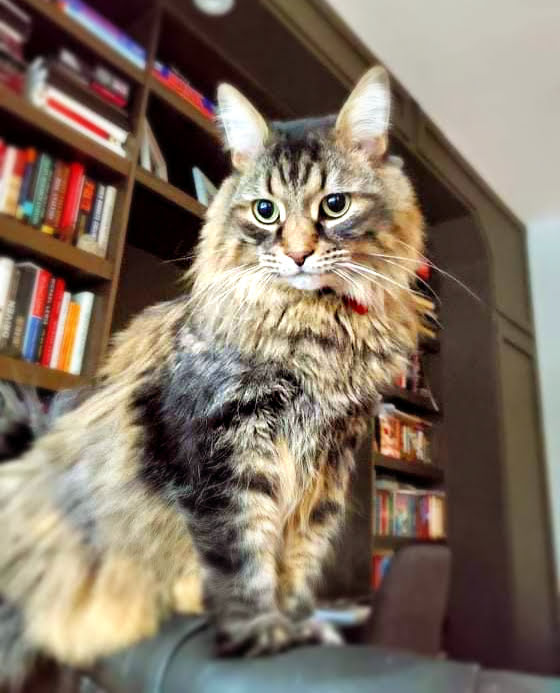
Fibroblastic Tumors
These are a type of tumor found in cats that are benign. They can be a buildup of collagen (collagenous nevi) or a raised, hairless bump that feel rubbery or soft and are fluid filled (fibroma). They are more common in dogs but also affect cats. These types of tumors can be removed by surgery or left if they are not bothersome to the pet.
Keratinized Skin Cysts
These are cysts filled with a skin protein, keratin. I have seen these pop up many times as questions in Bernese Mountain dog groups on Facebook! They are more common in dogs than in cats, and are caused by problems with the hair follicles and can be the same color as your pet’s hair. They can resemble a large blackhead but can push keratin out of the cyst giving it an almost horn-like appearance! In cats these are found on top of their head.
Don’t squeeze these if you see them on your cat or dog because it can cause inflammation and pain around the cyst if keratin is released into the surrounding skin! Surgery is the best option for removal.
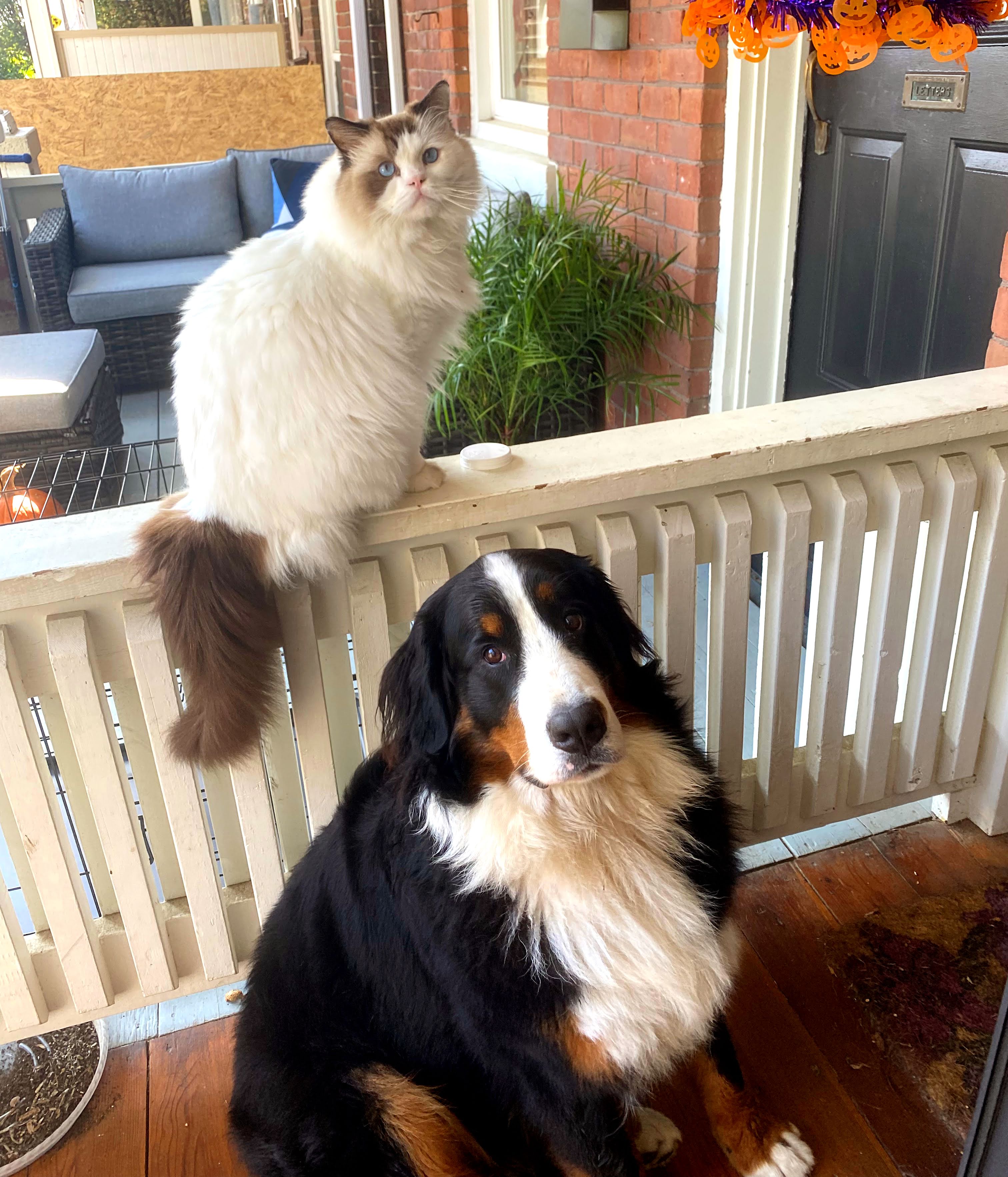
Malignant Tumors
This is the really scary part of finding a lump on your dog or cat. My worst fear really. My first cat, Gizmo, had lumps all over his belly that were cancer and I lost him due to this. As my cats start entering their senior years I am always checking for bumps since early treatment usually has a favorable outcome. This is really why early diagnosis when you find any lump on your pet is important. An aspiration of the lump found will be done by your vet to get a diagnosis and treatment options.
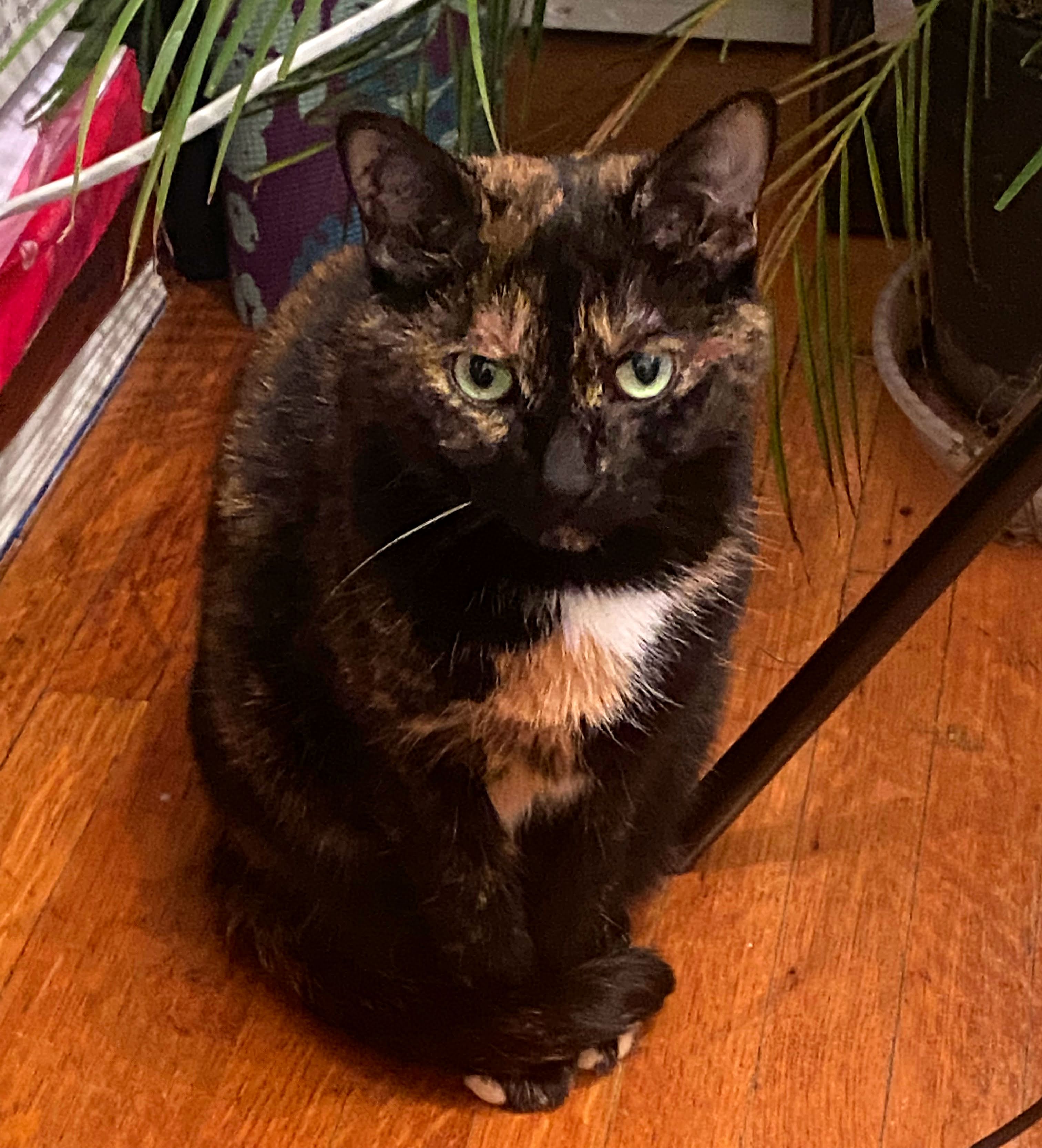
Mast Cell Tumors
Mast cell tumors are the most common skin tumors found in dogs. It is less common in cats, but is still the second most common skin tumor in cats. They consist of mast cells, which are a type of white blood cell. There is no single cause for these types of tumors. And according to the VCA Animal Hospital, 60-70% of dogs only end up developing one tumor. And they can be benign as well as malignant so you will want to get your pet to a vet for further diagnosis.
In appearance, they are typically red and itchy and can be fast growing. They contain histamine which is the cause of the itching. They can affect dogs of all ages, although short-faced dogs are more at risk. You may only see one tumor, but there can be multiple tumors either concurrently or simultaneously and they can be found anywhere on the body. If it affects your dog’s entire body it is called mastocytosis.
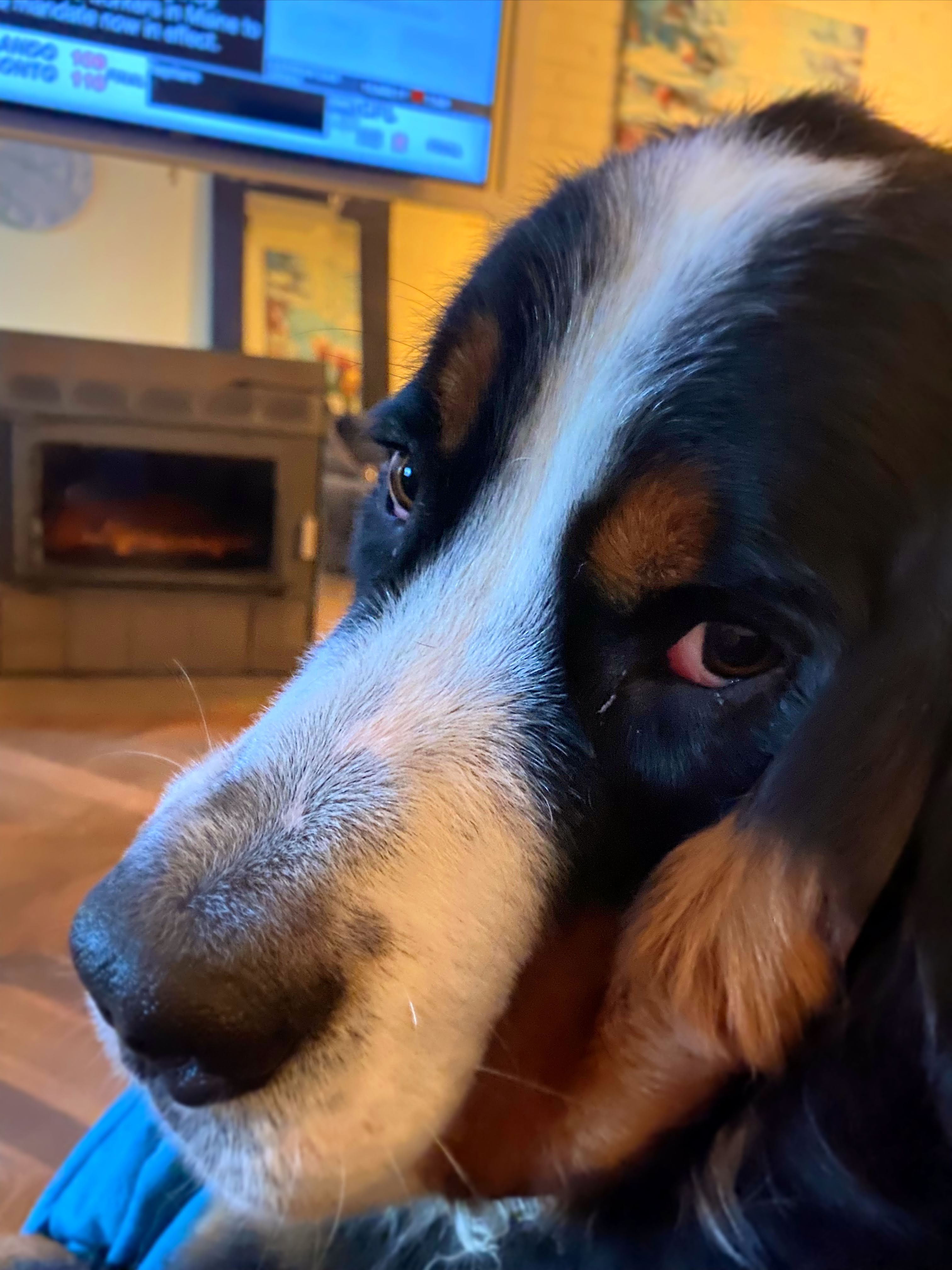
Surgical removal is the best option for these types of tumors as they rarely go away on their own. You should avoid touching and pressing on these types of tumors since it can lead to a spread into the blood stream and further problems. When a low-grade tumor is surgically removed the dog or cat usually has a good prognosis. If it is more aggressive, your vet will discuss other options such as chemotherapy or radiation as a treatment. You can give your dog Benadryl to help with the itching.
Melanomas
Melanoma is a skin cancer, typically dark brown or black but can on occasion be a pink mass. Where it is found on a dog’s body is extremely important in determining if it is malignant. If the tumor is found on the body there is a good chance that it is benign.
However, if you find this type of mass around the dog’s mouth or toe bed it has a much higher chance of being malignant. These types of tumors are usually aggressive, and if on the toe can cause swelling, lameness and the entire toe may need to be removed to get rid of the cancer. In the mouth, there is a good chance that some of the cancer cells cannot be removed and further treatment includes radiation and immunotherapy.
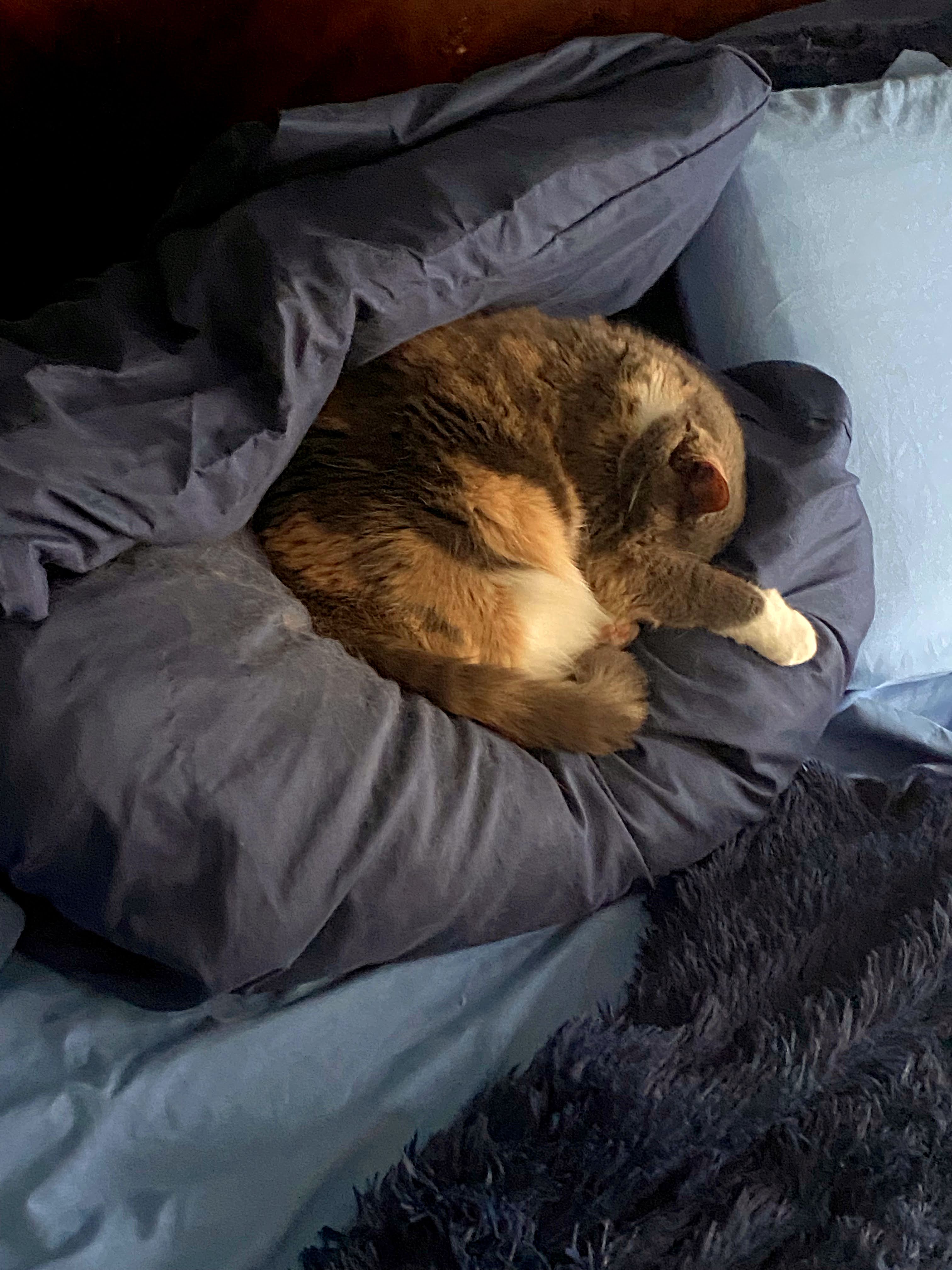
If the cancer is malignant, there is a chance that it has spread to other areas such as local lymph nodes and/or the lungs. Further treatment of radiation and immunotherapy is likely required (chemotherapy is ineffective against melanoma).
Melanoma is much less common in cats. It is typically found in cats on the head, ears, neck and lower legs in older cats.
Unfortunately, given the aggressive spread of malignant melanoma the diagnosis is not great for our furry friends, with a survival rate in dogs after treatment only 1 to 18 months.
Basal Cell Tumors
Basal cell tumors are common in older cats, and can be benign or malignant. Longhair breeds are more at risk. These types of tumors can show up anywhere on the body, and are firm or ulcerated bumps, usually hairless. They are typically dark colored and can grow rapidly.
If it is malignant, rather than being raised they are typically flat and spread, unlike benign basal cell tumors but rarely spread to other areas of the cat’s body. These are more typical on the legs, head and neck of cats. Surgical removal is the most effective way to treat these types of tumors.

In Summary
If you notice a bump or a lump on your pet, the best option is to get them to the vet. You can’t diagnose what that lump might be for the most part just by looking at it. Your vet will look at the size, color, location and consistency of the mass to get an initial idea of what it might be. But a biopsy or aspiration will likely need to be done to confirm their diagnosis.
It is best to be proactive and get any lumps diagnosed as quickly as possible! I know I am always on the lookout for anything out of the ordinary in my pets and am always rushing them off to the vet for one reason or another! But if it turns out that bump might be malignant you want to give your cat and dog the best chances.
For more right to your inbox be sure to sign up for our newsletter and follow us on social media!

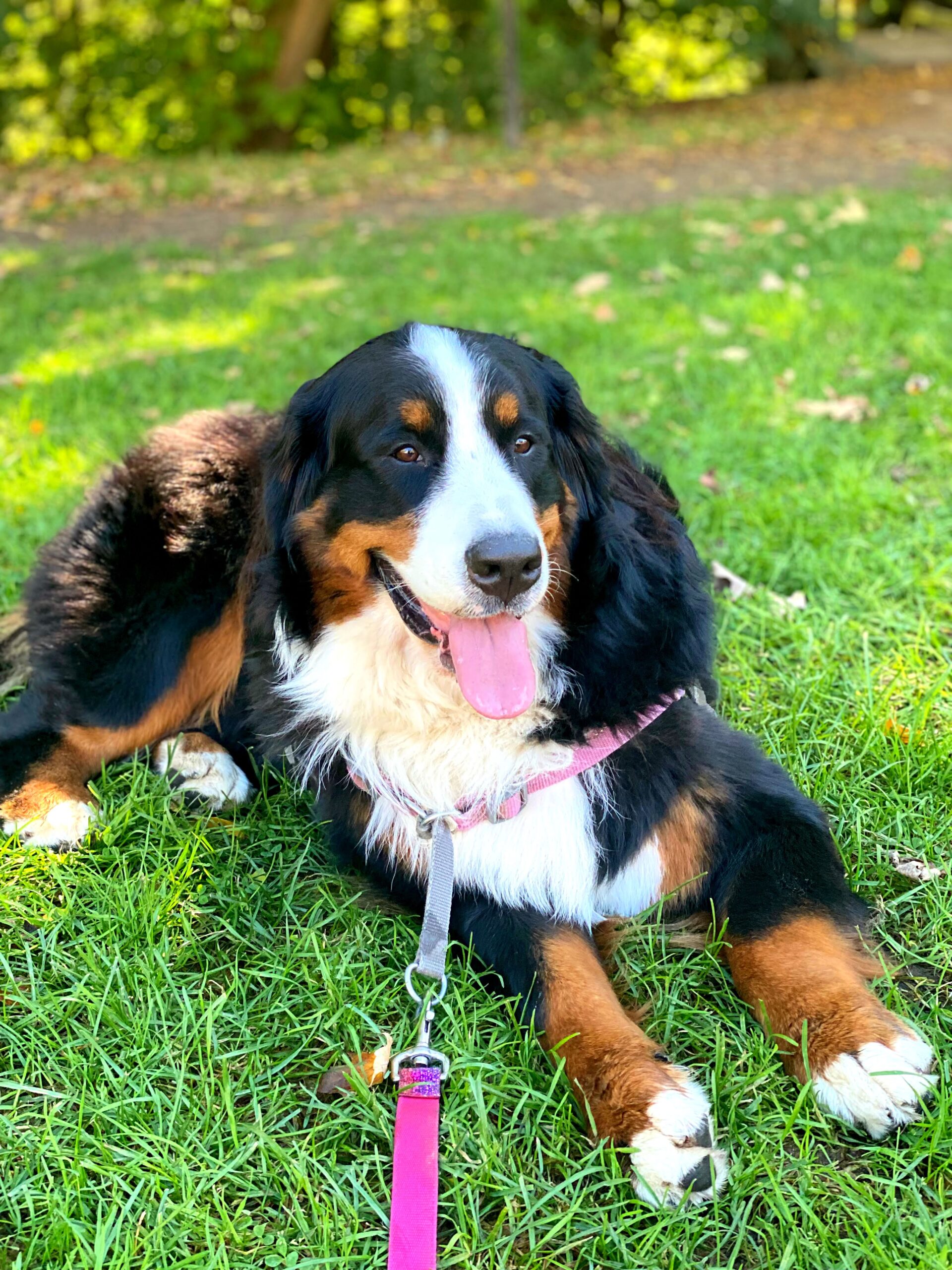
30 comments
Thanks for all the info, I do have one of my dogs that has one on her side, she’s had it for a long time apparently it’s just a fatty tissue lump but of course the doctor wants to keep an ion it
Mine have had these too, and at a relatively young age!
Eek! who knew there were so many types of lumps that dogs and cats can get. So far my 11 year old cat is lump-free, but I’ll be sure to keep an eye out for anything unusual.
It’s definitely a good idea once our pets start getting older! Catching anything early is so important.
Great information. I notice small lump on Ella the other day, I will speak with our vet, but this reassured me.
Yes definitely speak with your vet!
Every time I find a new lump on any of our dogs I fight panicking until we can see the vet. So scary with so many options
I am the exact same way! I spend a lot of time hustling my dogs in and out of the vet.
Oh! It’s such a hard topic. Thank you for pouring light to it. I would be emotional mess and wouldn’t know what to do.
It is very hard. Every time I find one on my pets my heart stops!
I had no idea there were so many different kinds of lumps! This so helpful and I can see why it’s so important to take them to the vet since there are so many different things it could be. I hope I never come across one on Jasper!
Yes that would be a blessing to never find a lump!
This is great infomation, I would worry about these things.
Thank you, I am always worrying with my pets haha
Very helpful info to try and triage the lumps and bumps on our fur babies!
Thank you!
Great info to be helpful to our furry friends.
Thanks!
Thank you for sharing such important info about lumps and bumps in animals. I’ve had fur babies all of my life but it never gets easy when you feel that bump. 3 years ago I lost my Boxer this way to cancer. Just one day there was a bump. We’d always get them checked and removed if necessary but one day that new bump was it. I hope Grace’s bump turned out to be nothing. 🙏
I’m so sorry for your loss, it’s never easy to deal with it. Grace’s lump was fatty tissue which I am very thankful for.
This was a great post. My dog is getting older and I noticed a pump in him that I actually thought was a tick at first but it was too big to be that. However, it was sticking up at such an odd angle. Took him to the vet and it’s some sort of odd mole, but since he’s an Aussie, he has super long and thick fur. And when I took him in they found all these bumps and lumps on him that I hadn’t seen yet! Thankfully, it’s nothing serious and I guess just old age. But when you first discover them, it can be scary!
Thank you! Yes, they do tend to get more as they get older but with Bernese Mountain dogs cancer is a problem in the breed so I am super paranoid about finding them!
When our pit got older (16 or 17) she developed a huge lipoma. It was ugly but harmless.
I see lots of older dogs with these! They are harmless but can be removed if they become bothersome.
Good advice. I have had a couple of cats who developed small bumps. One was completely fine (pimples), but the other it was due to allergies. So we had to change her food.
At least you were able to figure out it was food and able to come up with a solution!
Great info! My mom’s dogs have the fatty tumors. She has them checked every six months.
That is great to do for sure
Excellent information! We had a family pet that had bumps, thankfully they were not anything.
Thank you! I have taken my guys in a few times and they have been nothing, but I always dread what happens if they are not harmless.